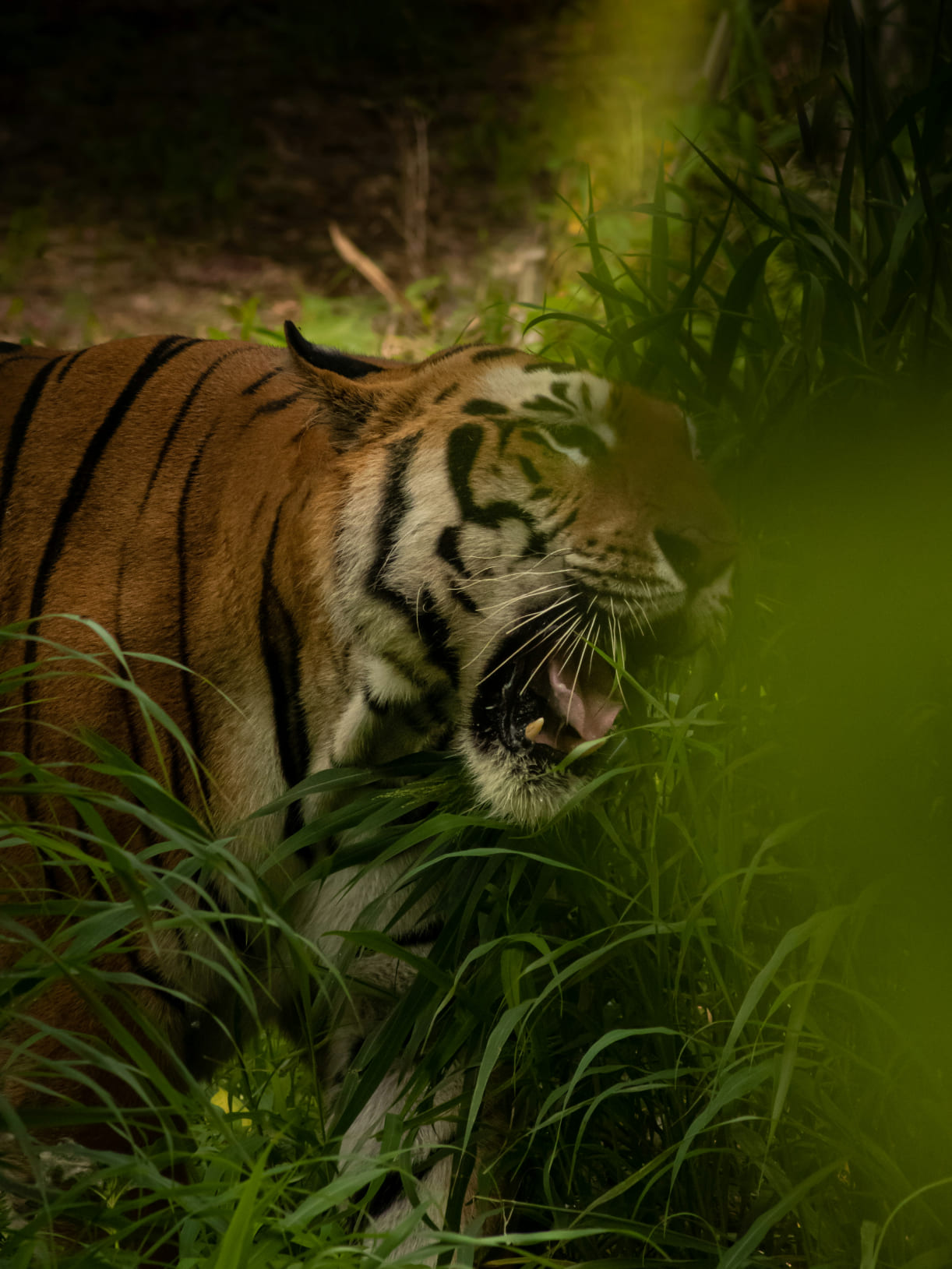
Sumatran Tiger: A Striped Survivor in the Wild
The Sumatran tiger (Panthera tigris sumatrae) is the smallest and one of the most endangered tiger subspecies. While native to the dense forests of Sumatra, its story resonates with the challenges faced by other savanna predators. This tiger’s striking orange coat with black stripes provides perfect camouflage in its natural habitat, making it an exceptional ambush predator.
Sumatran tigers are solitary animals, relying on their keen senses and stealth to hunt prey such as deer, boars, and even smaller mammals. They are strong swimmers, often traversing rivers and streams in search of food. Unlike lions, which hunt in groups, tigers depend solely on their strength and agility to bring down prey.
With fewer than 400 individuals remaining in the wild, the Sumatran tiger is critically endangered. Deforestation for palm oil plantations and illegal poaching are the primary threats to its survival. Efforts by conservation organizations focus on habitat preservation, anti-poaching patrols, and educating local communities about the importance of protecting this iconic species.
The plight of the Sumatran tiger highlights the fragility of ecosystems around the world and the urgent need to address human impact on wildlife.




